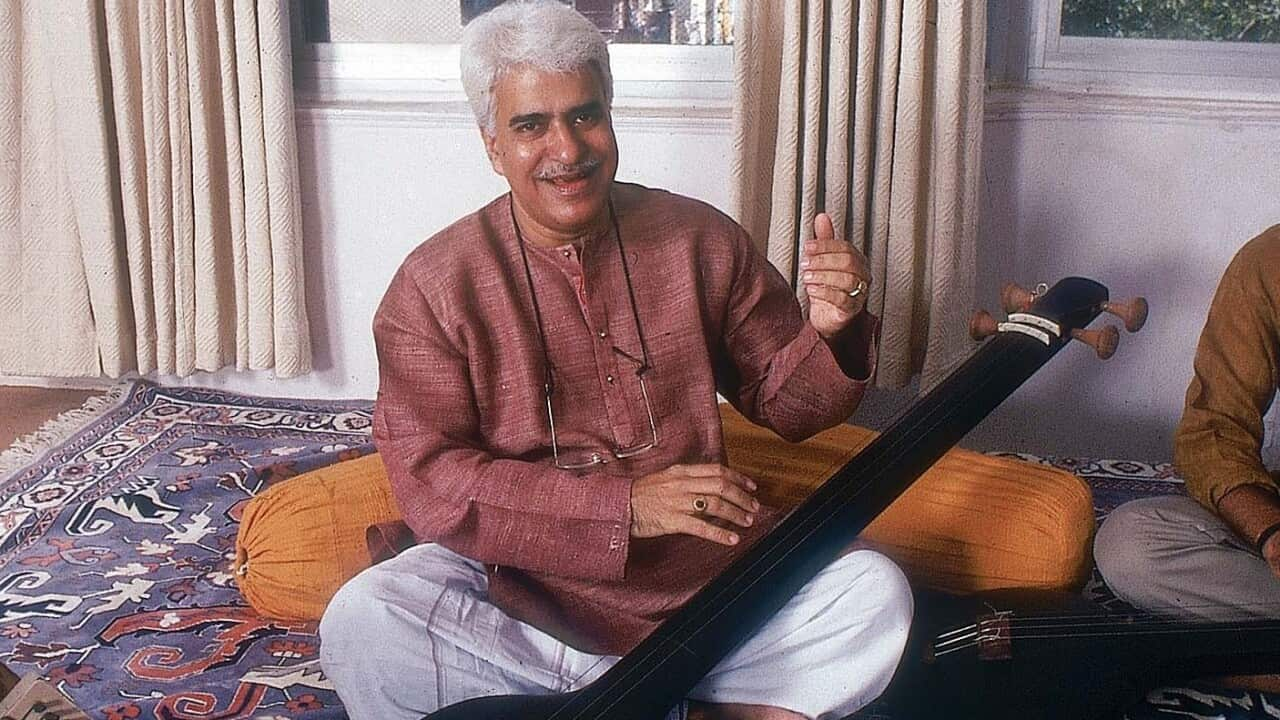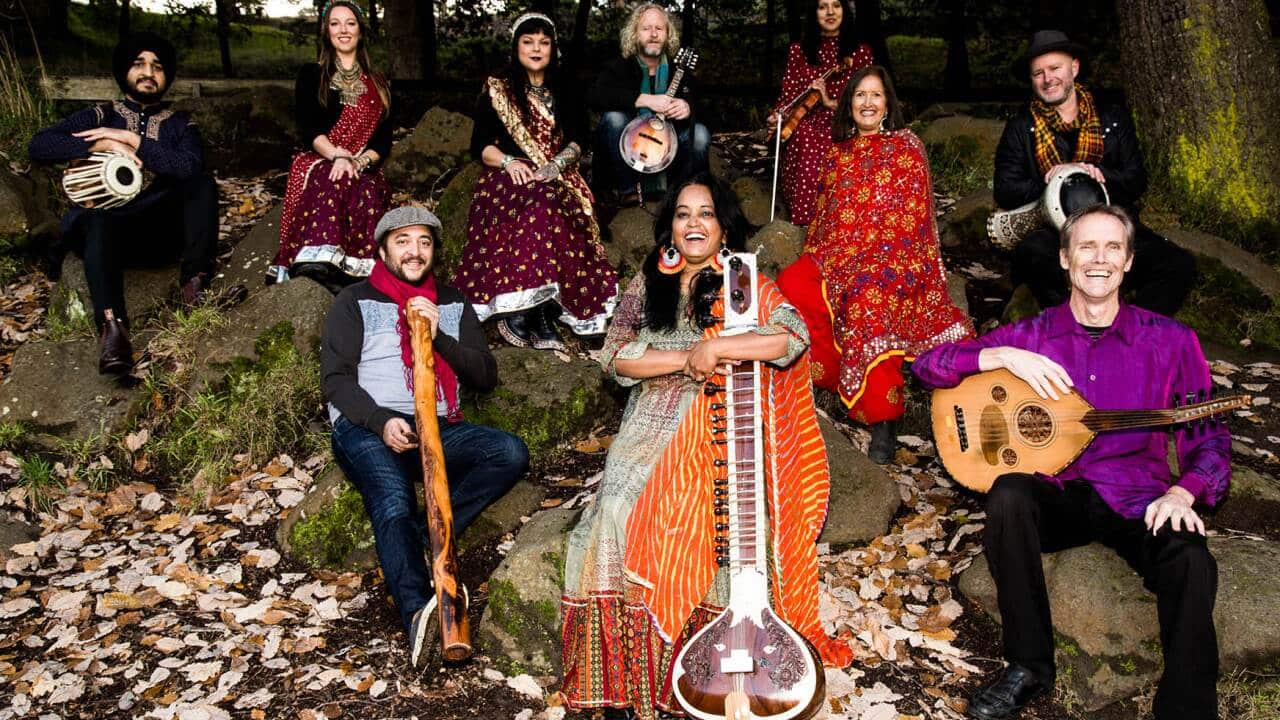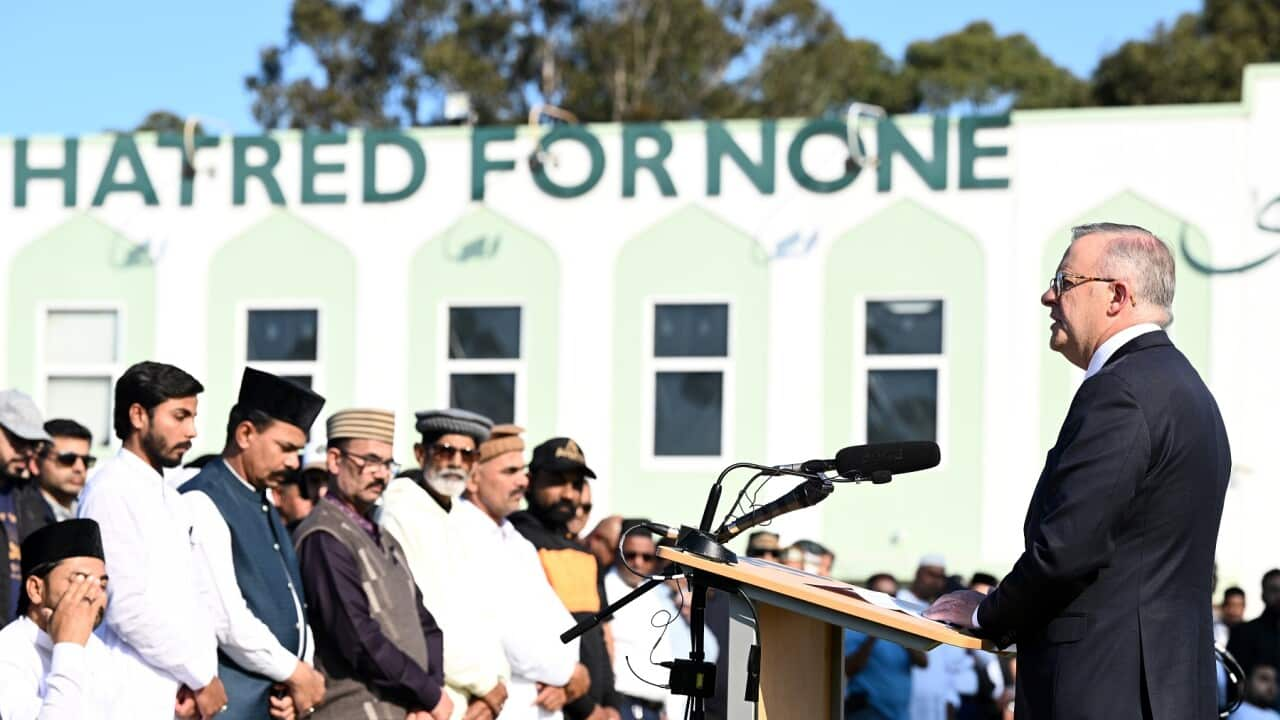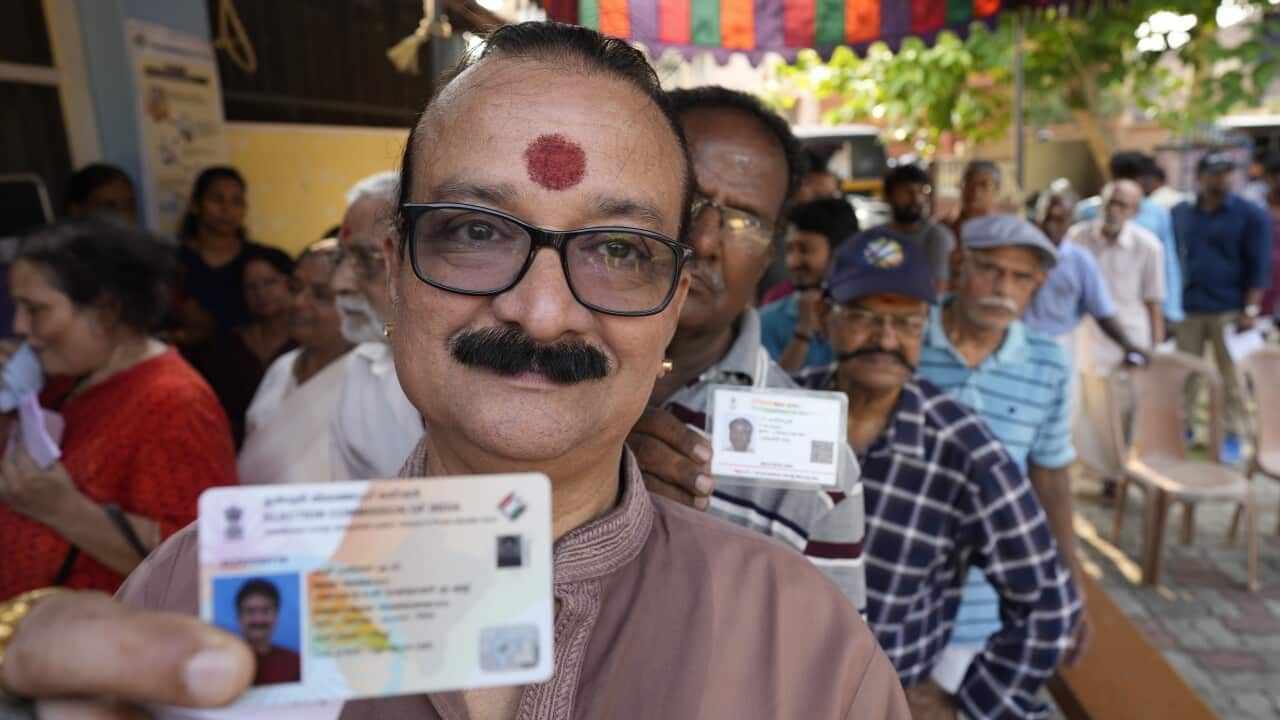Speaking with SBS Hindi, Ustad Mohi Baha’uddin Dagar explained rudra veena is not just a string instrument but a ‘yantra' an instrument of measure.
“It measures the notes, microtones to their exactness and helps understand how the notes are placed,” he said.
Highlights:
- Ustad Dagar is a recipient of the Sangeet Natak Akademi Award.
- He designed ras veena, an improvisation on the Saraswati veena, to change the tonal quality to adapt to Dhrupad.
- He teaches vocal and instrumental at Dhrupad a guru-shishya parampara styled gurukul near Panvel in India.
Ustad Mohi Baha’uddin Dagar represents the 20th generation of the Dagar lineage and is a torchbearer of the Sadharani Dhrupad tradition, the original and pure form of Indian classical music.
Ustad Dagar explained the Dhrupad tradition, “Dhrupad is a specific vocal style. It varies with your gharana but traditionally has three major parts - alap, jor-jhala, and composition.”
According to him, Dhrupad is an ancient genre of music, which is uplifting, pure, and spiritual. It enhances the beauty and the mood of the music.
Listen to the podcast of Ustad Mohi Baha’uddin Dagar speaking with Anita Barar:-
LISTEN TO

Keeping the Rudra veena alive in contemporary times
SBS Hindi
20/10/202112:44
Ustad Dagar also explained how the other string instruments like sitar and santoor originated outside of India, whereas rudra veena has its origin in India.
“There is a lot of difference in terms of sound, timing, detailing - style of play if you talk about sitar and veena,” said Ustad Dagar.
It has a deep resonance and a fine tonal quality.
The rudra veena is considered the mother of all stringed instruments. It has existed since the Vedic period and can be traced back to cave paintings in the sixth century. The veena's body (dandi) is a tube of bamboo or teak, attached to two large tumba resonators. The bottom end of the dandi, where the strings attach below the bridge (jawari), is finished with a peacock carving.
The veena's body (dandi) is a tube of bamboo or teak, attached to two large tumba resonators. The bottom end of the dandi, where the strings attach below the bridge (jawari), is finished with a peacock carving.

Ustad Mohi Baha’uddin Dagar with his Rudra Veena. It shows the frets, dandi, carved peacock and makara, and tumbas Source: SPIC MACAY/ Tapasya Arya
The other end of the instrument, holding most or all of the pegs, is finished with a carved makera (a legendary sea-creature and the zodiac sign of Capricorn in astrology)
The rudra veena, according to mythology, is associated with Lord Shiva (one of his many names is Rudra).
Late Ustad Zia Mohiuddin Dagar was given the credit for bringing rudra veena to light from oblivion.
According to Ustad Dagar not many people play this rare instrument, and only a few are currently learning to play it.
“It is a very long process of learning to play the veena. The road is long. Veena demands total devotion and surrender”, said Ustad Dagar As a musician he loves every sur (music) and ragas, but raga Megh is one of his favourites.
As a musician he loves every sur (music) and ragas, but raga Megh is one of his favourites.

Source: SPIC MACAY/ Tapasya Arya
Many myths are associated with this raga. According to the literary tradition, raga Megh (cloud), or Megh-Malhaar, is quoted to have the ability to cause thunderbolts to rock the sky and bring torrential rainfall.
When asked if he ever had such an experience or could music cause rainfall, he reminisced about his childhood days. He recalled how his grandfather once sang raga Megh and the clouds did bust that day, though it wasn’t the monsoon season.
Contrary to the belief that a raga can influence nature, he takes a different perspective.
“I believe nature enlivens one's spirit, refreshes the mind and guides to the surs. Music connects one with nature spiritually. It uplifts the consciousness. That’s the power of our pure music,” said Ustad Dagar
Listen to the podcast of Ustad Mohi Baha’uddin Dagar speaking with Anita Barar:-
LISTEN TO

Keeping the Rudra veena alive in contemporary times
SBS Hindi
20/10/202112:44
He spoke with passion about the age-old guru-shishya parampara (teacher-student lineage tradition). He believes it is possible in the present time and the only way to learn and absorb music in its purest form. He explained-
'Guru-shishya parampara' is an original way of teaching... you learn a way of life as well as music through all the time spent with the master. So it is not just about learning the music but a way of an entire life and grooming over a long period.
He believes gurukul style tradition opens doors to learning and growth as a musician.
“A guru-shishya parampara nurtures the new ideas and retains traditional art forms,” added Ustad Dagar.
Ustad Mohi Baha’uddin Dagar is currently working on bringing back another age-old classical traditional instrument that is extremely rare in India. He wants to reintroduce the sursingar back into the Dhrupad genre.
He will be performing for the infinite mystery of sound - rudra veena recital followed by live interaction of students in SPIC MACAY free concert Friday 22nd October 2021.
Listen to the podcast in Hindi by clicking on the audio icon inside the picture at the top.







